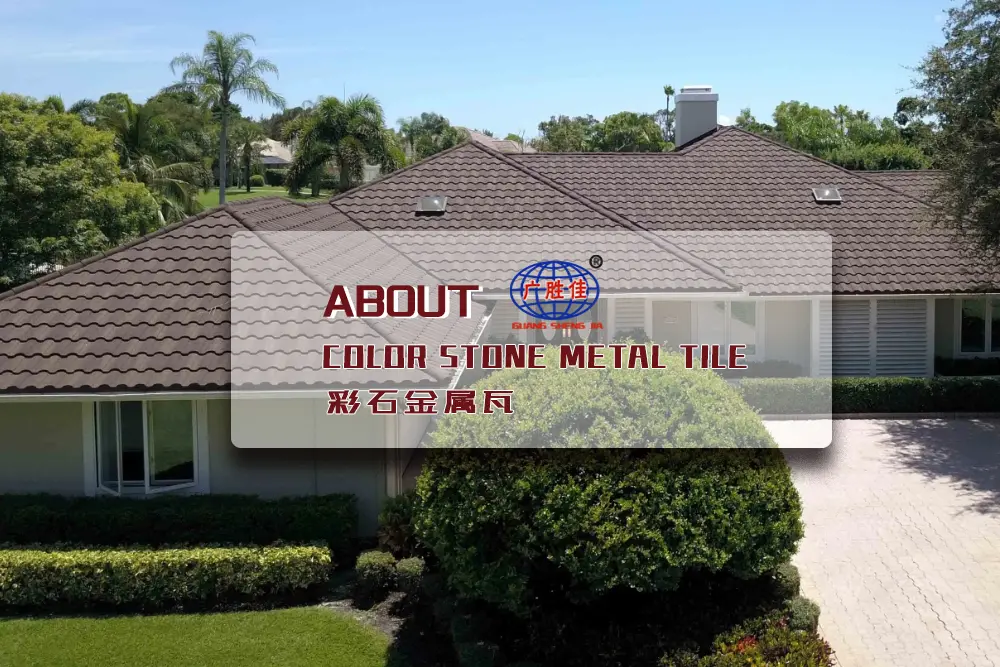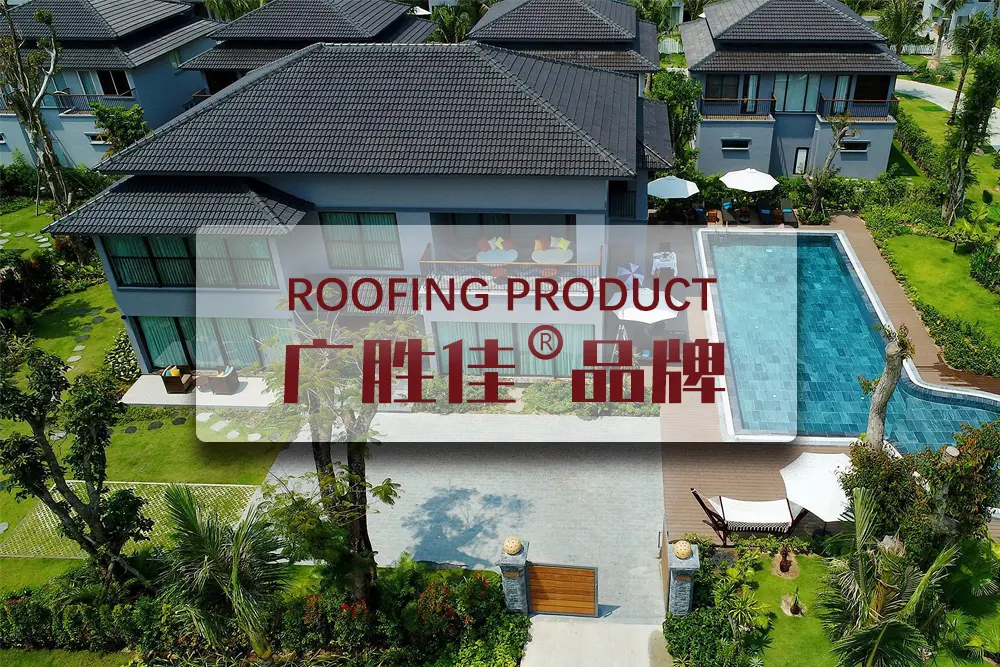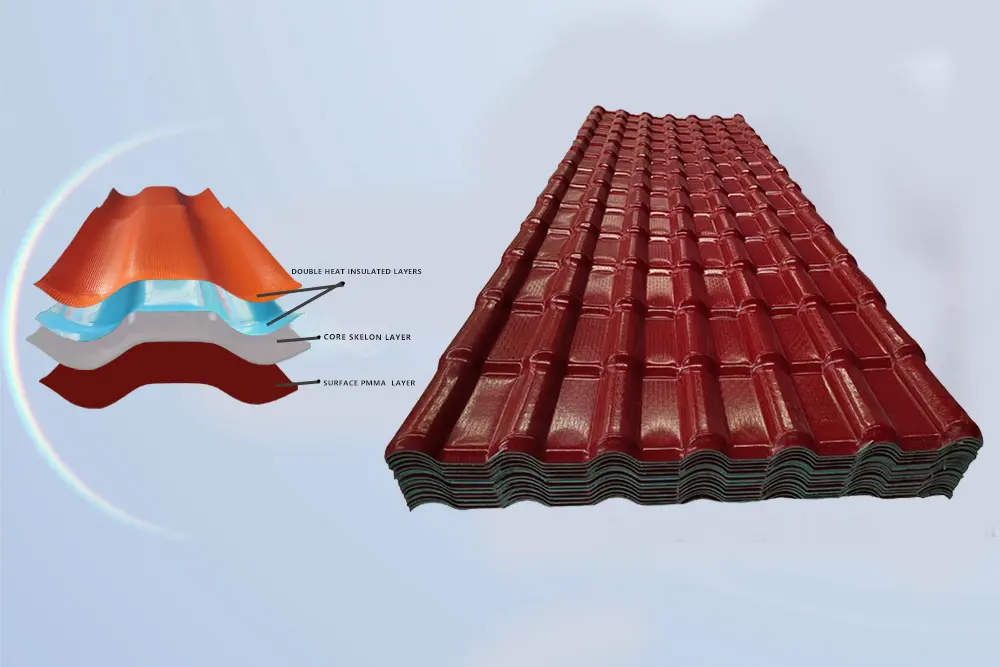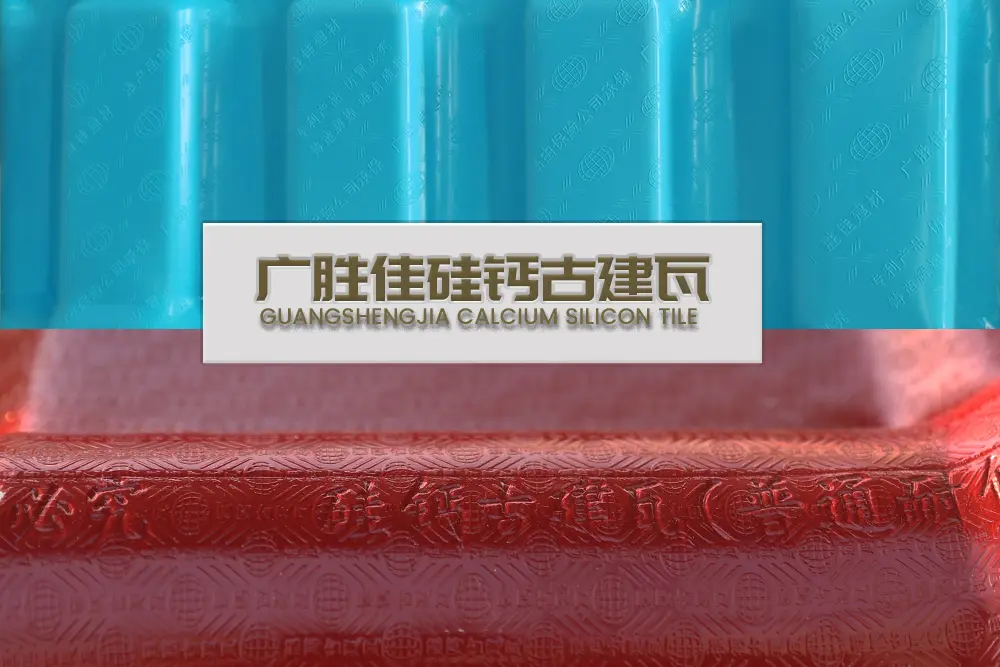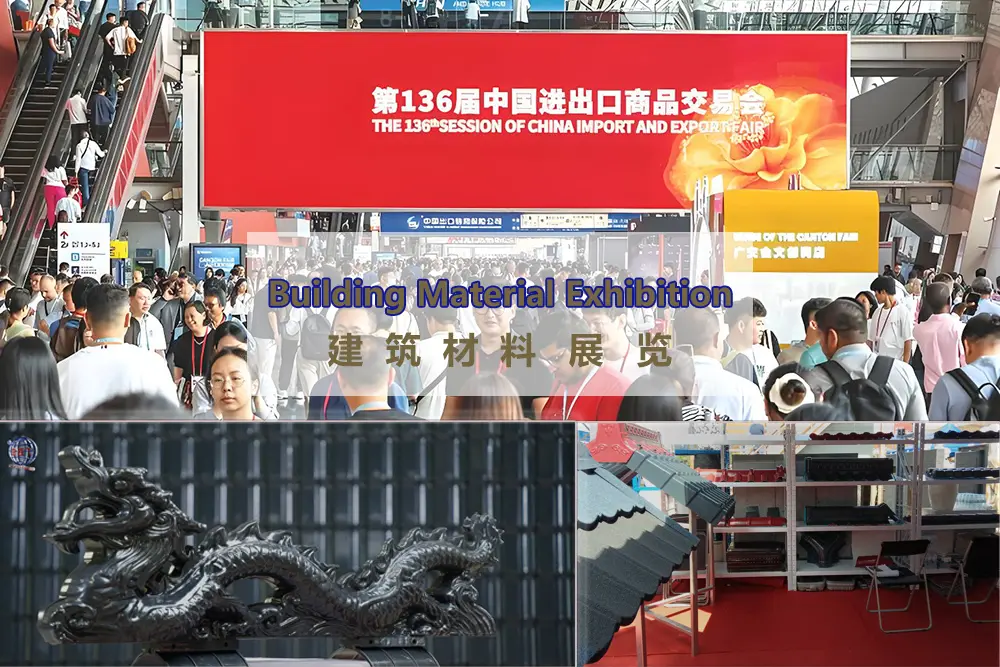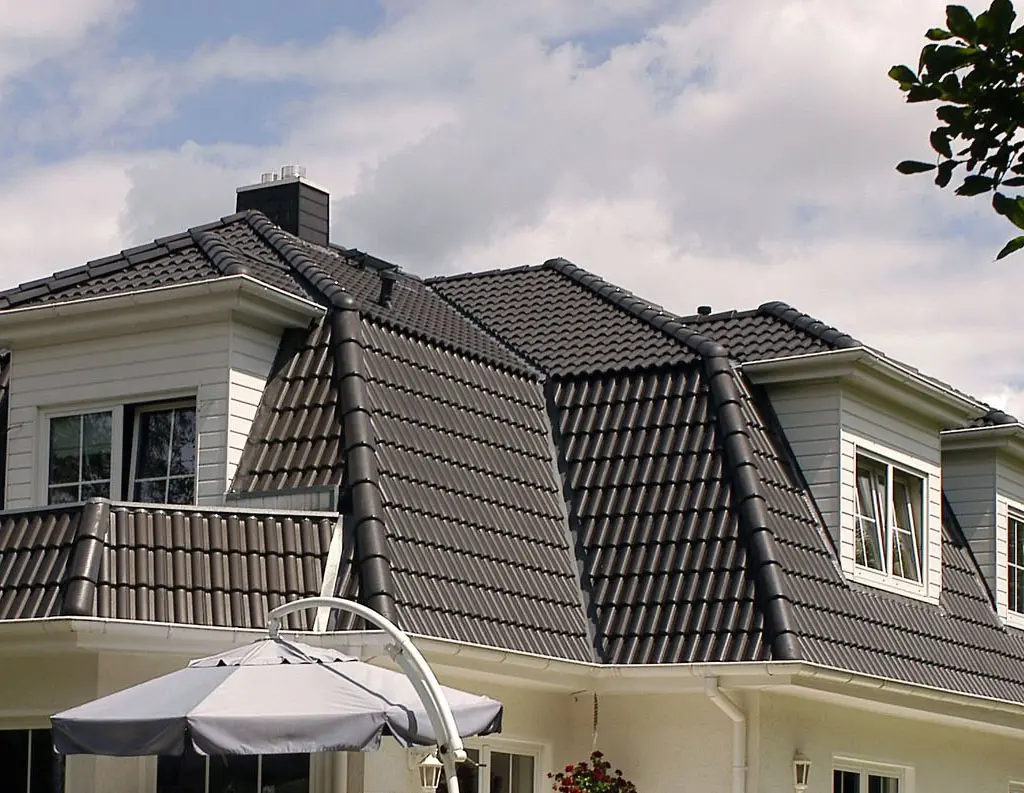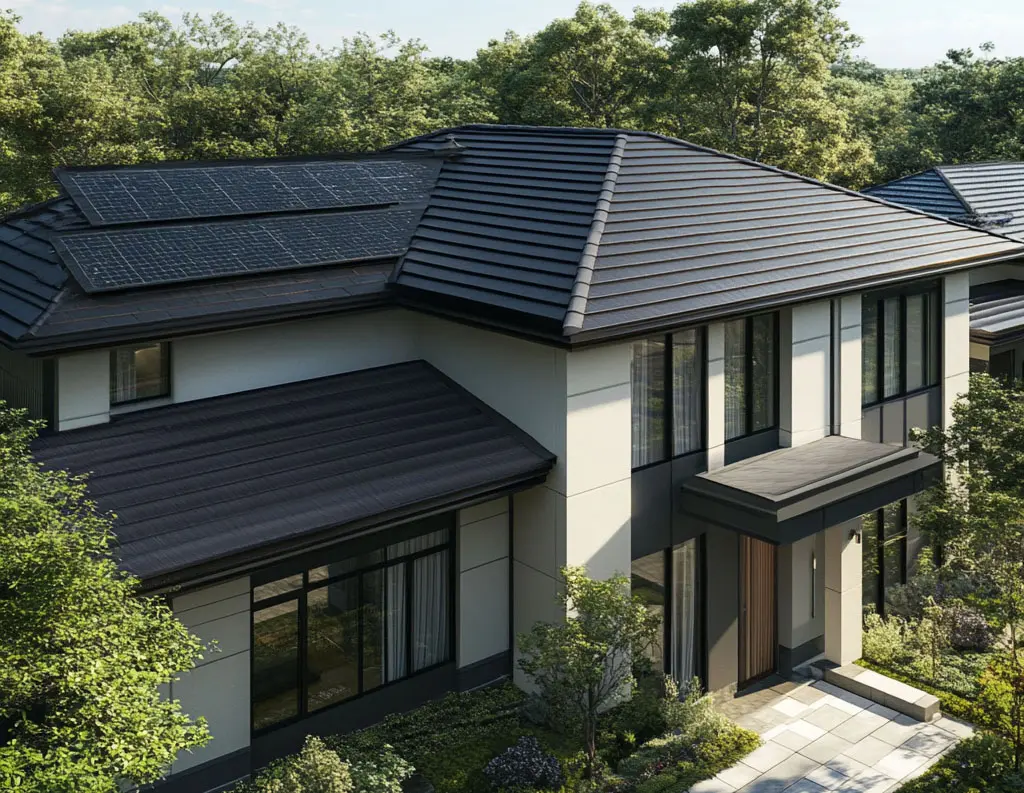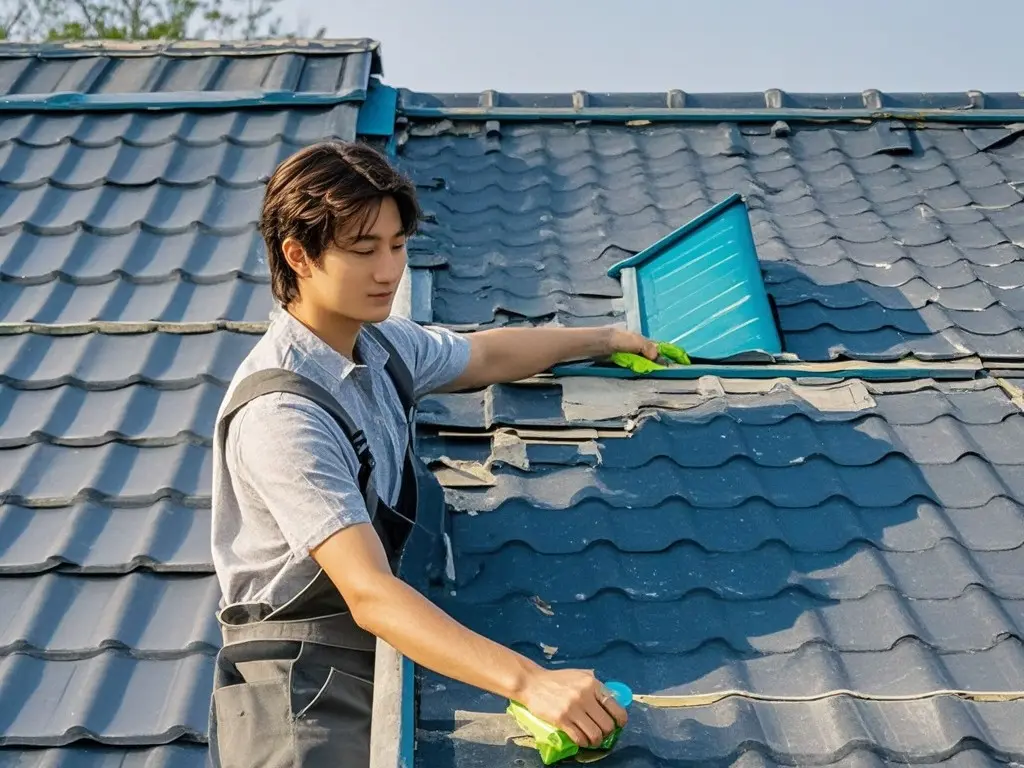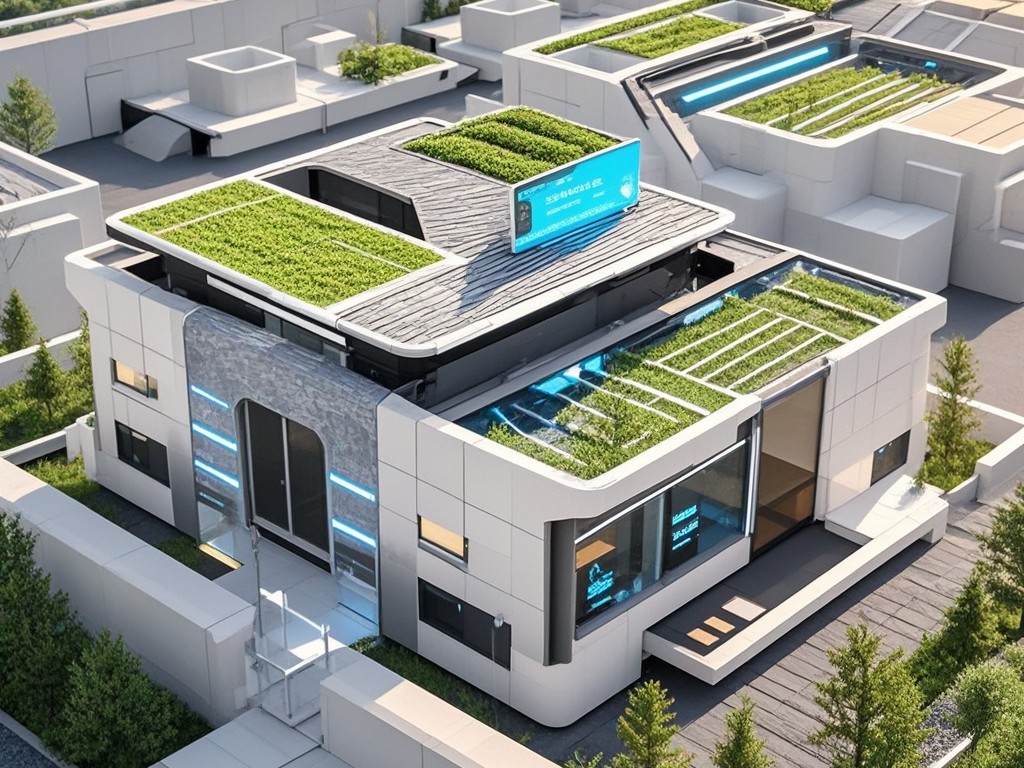What impact will the next generation of smart roof tiles have on human life?
Abstract:
Innovation in building materials is revolutionizing the construction industry with the introduction of a new generation of smart roof tiles. These advanced materials promise to improve energy efficiency, reduce environmental impact and extend the life of roofs. This new technology represents a major leap forward, combining the latest advances in materials science and artificial intelligence to create a roof that not only protects but also thinks independently.
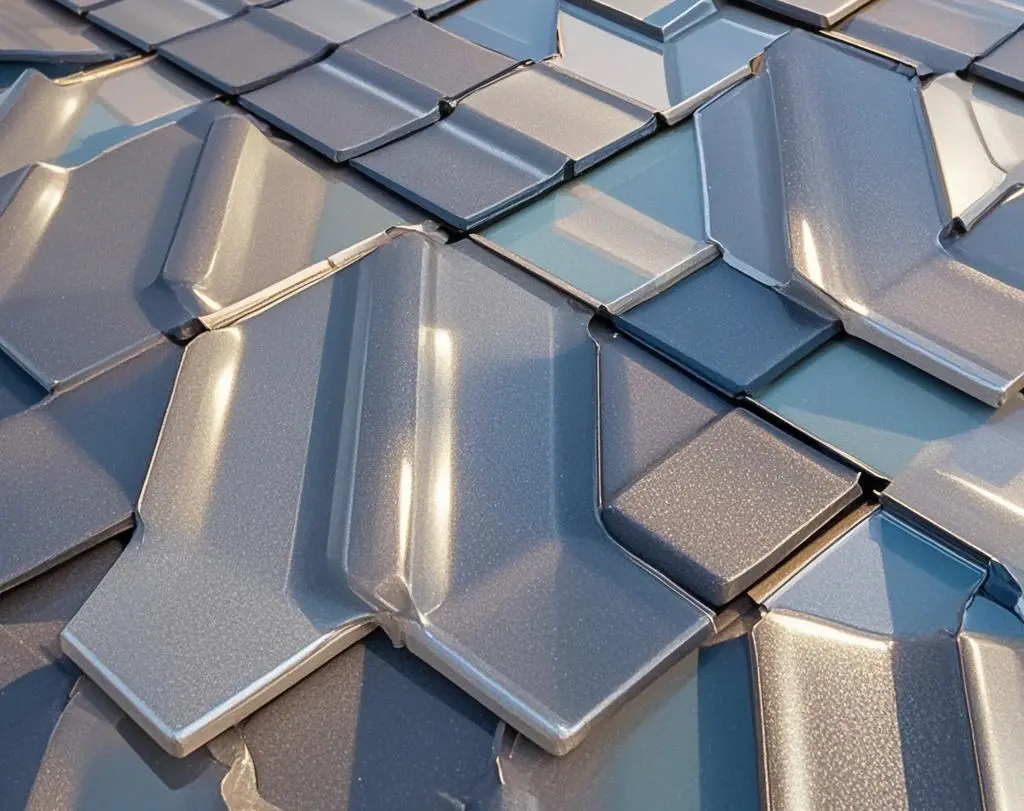
Advanced Materials:
At the heart of this revolutionary roofing solution are advanced composite materials. These materials are carefully designed to be strong, lightweight and extremely durable. Nanotechnology plays a key role here, giving these tiles properties that were once thought to be unattainable. For example, the addition of nano-coatings can make tiles self-cleaning and reduce the accumulation of debris and moss, which is a common problem that affects traditional roofing materials.
Energy Efficiency:
Energy efficiency is one of the most compelling features of smart roof tiles. Integrated photovoltaic cells enable these tiles to harness the sun's energy, converting sunlight into electricity to power homes and buildings. Unlike traditional solar panels, these photovoltaic cells are seamlessly integrated into the design of the tiles, preserving the aesthetics of the roof.
In addition, smart tiles can regulate temperature more efficiently. These tiles are embedded with phase change materials (PCM) that absorb and release heat as needed to maintain optimal thermal comfort inside the building. This dynamic thermal regulation significantly reduces the need for artificial heating and cooling, resulting in significant energy savings.
Artificial Intelligence:
The intelligence of these next-generation roof tiles comes from the integration of AI-driven sensors and monitoring systems. These sensors collect data on a variety of parameters, such as temperature, humidity, and structural integrity. AI algorithms analyze this data in real time to provide actionable insights to homeowners and building managers.
For example, if a section of the roof begins to show signs of wear or damage, the system can alert the user before the problem becomes a major issue. This predictive maintenance approach not only prolongs the life of the roof, but also ensures the safety and integrity of the entire structure.
In addition, these smart systems can optimize energy use by adjusting the operation and thermal regulation of the photovoltaic cells based on weather forecasts and building occupancy patterns. This holistic approach ensures that the roof system is always operating at peak efficiency, providing the greatest benefit to the user.
Environmental Impact
The environmental benefits of smart roof tiles are enormous. Reduced energy consumption directly means reduced carbon emissions. Additionally, the use of sustainable materials in the manufacturing process minimizes the ecological footprint of these tiles.
Smart roofs can also support green building programs such as LEED certification by promoting energy performance, material resource efficiency, and indoor environmental quality standards.
Summary:
The advent of smart roof tiles marks an important milestone in the development of building materials. By combining advanced composite materials, energy-saving technologies, and AI-driven intelligence, these roof systems offer unparalleled advantages in performance, sustainability, and longevity.
As this technology continues to mature and become more widely used, it promises to change the way we think about roof and building efficiency. Smart roof tiles represent the future of buildings, where buildings are not just structures, but dynamic, responsive entities that help create a smarter, greener world.



